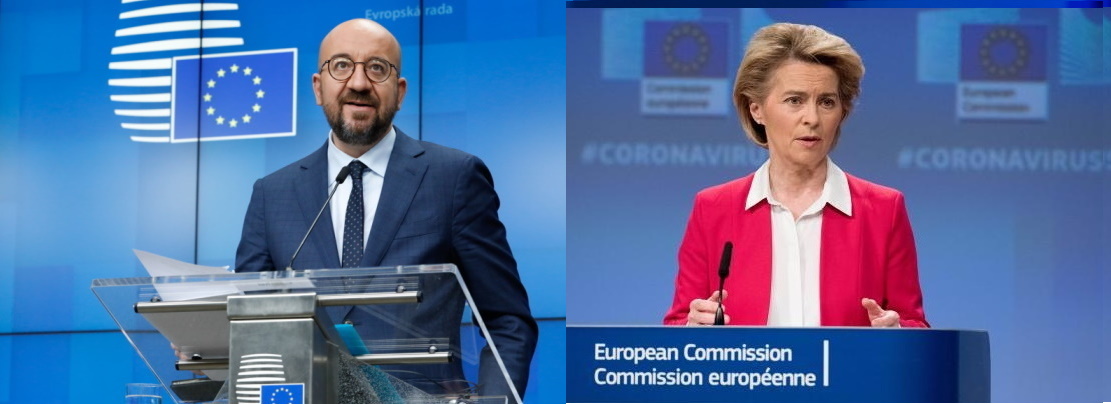
The external representation of the EU: A simple matter of protocol?

“Sofagate” has brutally disclosed the internal divergences within the EU in the field of its external relations.
Some tried to minimize this unfortunate incident as a mere breach of diplomatic protocol. However, several elements lead us to think that the issue at stake is a very political matter: the division of power between the President of the EU Commission and the President of the European Council concerning the external representation of the EU.
Tensions between both presidents were predictable and identified as soon as the Lisbon Treaty came into force (see premonitory analysis written by Professor Niki Aloupi in 2010) 1 . The ambivalent language of the Lisbon treaty seems to be the main source of these tensions which had, until now, been contained. On 6 of April 2021, these misgivings became public as pictures of the Ankara meeting, amplified by social media, went viral.
Considering the complex relationship between institutions and Member states as well as the harsh criticism from Eurosceptical populists, an institutional quarrel is the last thing the EU needs in these COVID-19 times. This awkward dispute undermines the ambitions for an efficient and coherent European foreign policy.
This article focuses solely on the impact of the incident on the internal structure of the EU’s external representation. It provides an analysis of the dysfunction, why it happened, and how it could be fixed.
This paper does not comment on the role of Turkish authorities or any other aspect of the “sofagate”.
(Photo credit: Ursula von der Leyen: source EUCOM, © European Union, 1995-2021; Charles Michel: source EU, European Council President)